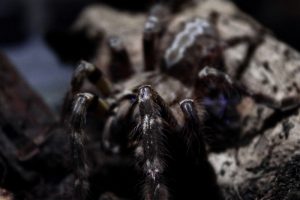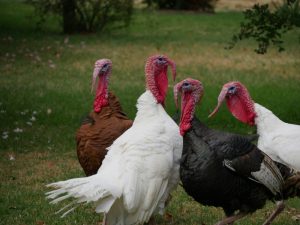- How Long Do Kangaroos Live?
- Bull Sharks in Freshwater: How Do They Survive?
- How Long do Crocodile Live?
- How Long do Opossums Live?
- How Long do Yorkie Poos Live?
- How Long do Beavers Live?
- How Long do Dolphins Live?
- How Long do Donkeys Live?
- How Long do Bats Live?
- How Long do Chinchillas Live?
- What is Rats average lifespan?
- How Long do Ants Live?
- Redefine your workspace with a desk shelf that works wonders
- The Lifespan of Osteoclasts: How Long Do They Live?
- What is Monkfish average lifespan?
- What is Amberjack average lifespan?
- What is Sturgeon average lifespan?
- What is Barramundi average lifespan?
- What is Wahoo average lifespan?
- What is Shark average lifespan?
What Color is a Polar Bear’s Hair?
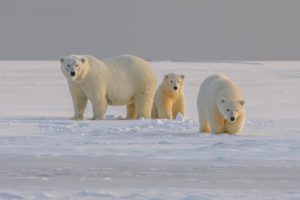
We’ve all seen pictures of these majestic creatures – polar bears gliding across snowy landscapes with their seemingly white fur. But have you ever stopped to wonder, is a polar bear’s hair truly white? The answer, like many things in nature, is a surprising twist.
The Perception of White
Our eyes perceive color based on the light an object reflects. When all wavelengths of visible light bounce back, our brains interpret it as white. Conversely, if an object absorbs all wavelengths, it appears black.
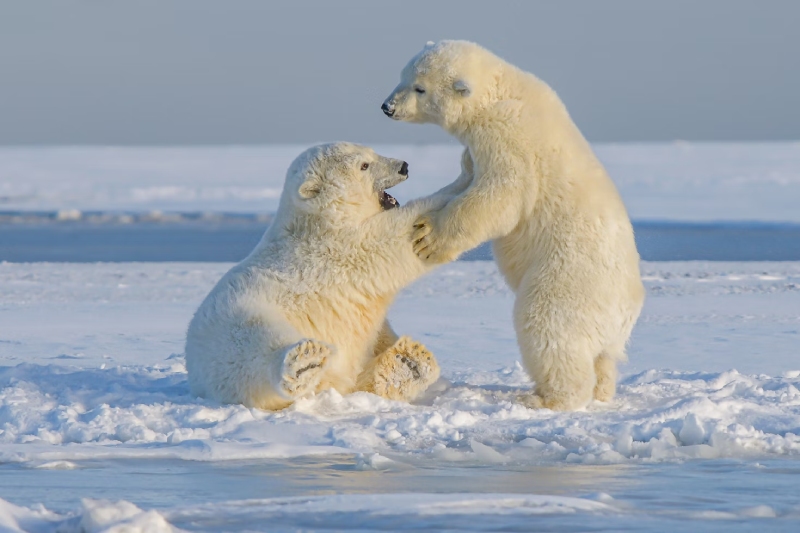
Understanding the True Color
Here’s the surprising part: a polar bear’s individual hairs are not actually white! Each guard hair, the long, coarse hairs making up the outer layer of their fur, is hollow and transparent. Additionally, the shorter, denser underfur is also colorless.
So why do they appear white?
The Optical Illusion of White
The secret lies in how light interacts with the polar bear’s fur. The hollow guard hairs act like tiny glass fibers. When sunlight hits the fur, the light scatters within the hollow core of each hair and reflects back out, mixing all the colors of the light spectrum. This combined reflection is what our eyes perceive as white.
Think of it like a prism – white light enters, but all the colors it contains are separated and then recombined, giving us the illusion of white fur.
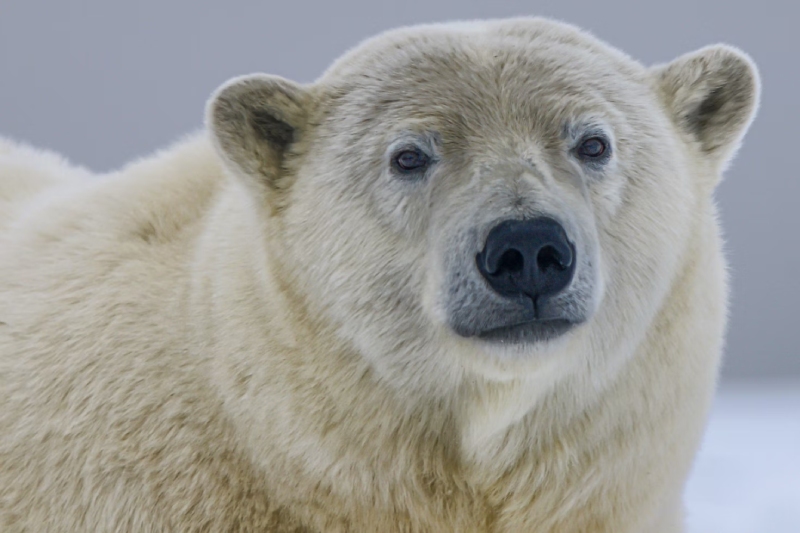
Environmental Factors
Interestingly, environmental factors can slightly alter a polar bear’s fur color. Algae growth on their fur during warmer summer months can sometimes give it a yellowish tinge. Dirt and grime can also accumulate, making the fur appear less bright white.
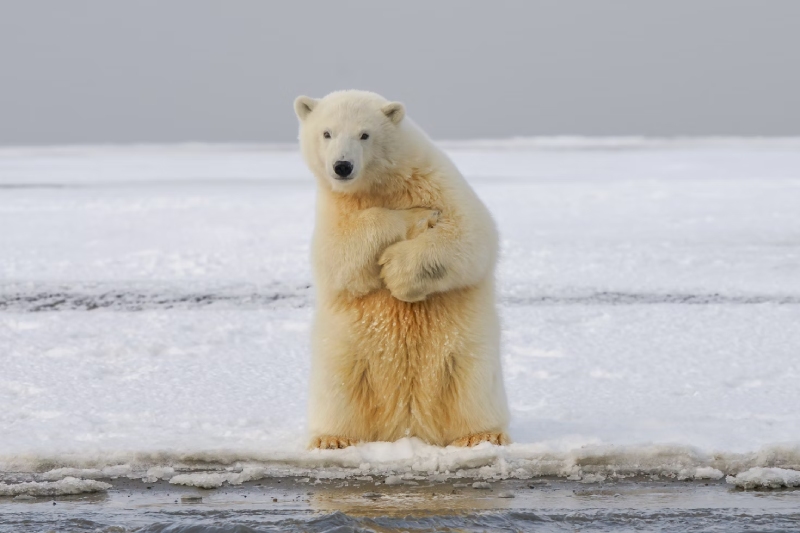
Evolutionary Significance
A white coat offers polar bears a distinct advantage in their icy habitat. It provides excellent camouflage against the snow and sea ice, allowing them to sneak up on unsuspecting prey like seals. This stealthy tactic is crucial for their survival in the Arctic where food sources are scarce.
Conclusions
While we might perceive a polar bear’s fur as white, the true story is far more fascinating. Transparent hairs and the science of light reflection combine to create this effective camouflage, a vital adaptation that allows these magnificent creatures to thrive in their harsh environment.
